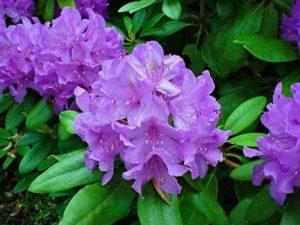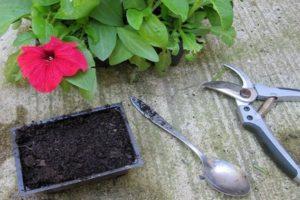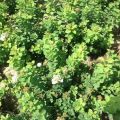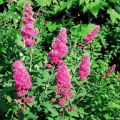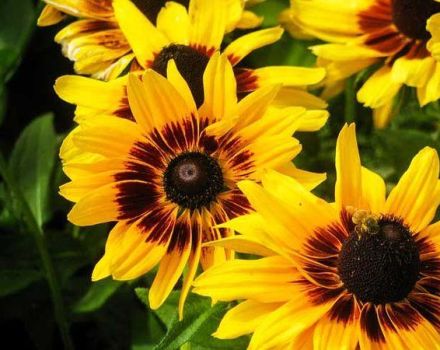Description of varieties of spirea Wangutta, planting and care, reproduction and pruning
A distinctive feature that makes the Wangutta species spirea not just a shrub, but a real decoration of the garden, is its flowering. This ornamental plant is able to revive any, even the most problematic, area with an avalanche of beautiful white flowers. And the relative unpretentiousness, ease of pruning and ease of cultivation are not all of its advantages.
Description and varieties
French breeders bred this species in the second half of the 19th century, crossing the Cantonese and three-bladed spirea. She immediately fell in love with gardeners, and since that time has not lost its popularity. Spirea Wangutta is a globular shrub with numerous spreading branches. The leaves are rounded, obovate, with finely toothed edges, dark green in color, and gray-green on the underside. In autumn they turn red-orange.
At the moment of abundant flowering, the shoots cascade down to the ground. Blooms in spring, from mid-May, in June - depending on the region of growth. But may re-bloom slightly in August. At the moment of abundant flowering, the shoots cascade down to the ground. The flowers of the spirea are small, bright white, clustered together in numerous dense hemispherical inflorescences.
Differs in shade tolerance, unpretentiousness and high vigor. The species is frost-hardy, but with a significant drop in temperature, the tips of young twigs can freeze slightly. It is widely used by landscape designers and ordinary gardeners to decorate summer cottages, create hedges. Suitable for planting in mixed groups and as a single plant. It prefers fertile, loose, well-drained soil with neutral acidity, but it can grow successfully on different types of soil.
Gold Fontaine
Spirea Gold Fountain is the result of a mutation of the Wangutta spirea. Possesses more pronounced decorative qualities. It is a compact, graceful, deciduous, spherical shrub. Shoots of an orange-reddish shade, spreading, arched, up to 1.2 meters high. The spirea grows in width to 1.5 meters. Gold Fontaine is growing quite slowly. During the season, the growth is only 15-20 centimeters.
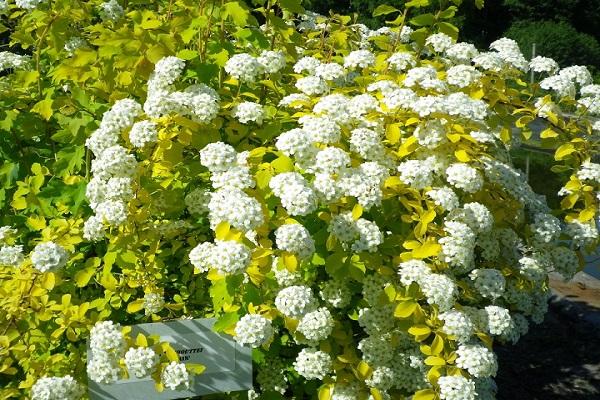
Young foliage in the spring acquires an orange-red color, in the summer, its color changes to a spectacular rich yellow. Leaves are oval, slightly lobed, with a glossy sheen. A prerequisite for the preservation of decorative, golden foliage is planting in the open sun. When grown in the shade, it turns green.
The flowers of the Gold Fontaine spirea are numerous, small, white, grouped in hemispherical inflorescences. They have a persistent fragrant honey aroma. It is truly a golden fountain in the garden. Excellent for the formation of hedges, in solo and group compositions, together with conifers and other deciduous plants. Spirea Gold Fontain is used by landscape designers for urban landscaping. Differs in high frost resistance. This variety can be grown in any type of soil.
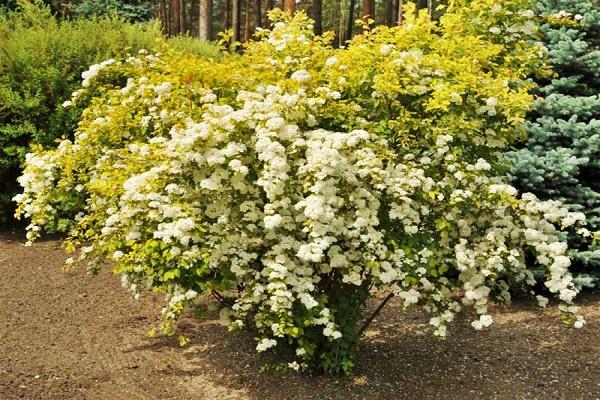
Pink ice
Spirea Pink Ice is a compact shrub with original, variegated foliage and strongly drooping red branches. The plant is spherical, the height and width of the bush are similar - from 1.5 to 2.0 meters. Young leaves are creamy white, rarely pinkish. As they grow back, they acquire a pale green color, with profusely emerging cream spots.
Spirea Pink Ice blooms in May-June. Numerous small white flowers bloom on it. They are collected in dense, beautiful, hemispherical inflorescences, densely covering the shoots. Looks spectacular in contrasting compositions, for example, with barberry. It grows well on soils without stagnant water, with acidity from slightly acidic to alkaline. Good frost resistance, but at very low temperatures the tips of young shoots can freeze.

Renaissance
An interspecific hybrid of American selection, bred on the basis of an old favorite variety of gardens and parks. A fast-growing plant, reaching a maximum of 1.5 meters in height and 2.0 meters in width. It is characterized by a more compact bush size than that of the Wangutta spirea. Branches are numerous, slightly curved.
Blooms from mid April to late May with stunning creamy white flowers. The Renaissance spirea foliage has an elegant lobed shape, small in size, with finely toothed edges, colored bluish-green throughout the season.
Prefers growing in well-lit places. The variety is characterized by high disease resistance and frost resistance. The variety has practically no disadvantages. Plus, there is no need for constant pruning. It is widely used as a single plant and in various mixed compositions.

Snow White
A charming spirea with a beautiful name translated into Russian - Snow White. Neat, compact rounded crown, somewhat reminiscent of a vase. The branches are gracefully curved, with dark green lobed foliage, which turns orange-red with the onset of autumn. In spring, white flowers cover the stems abundantly.
Shoots cascade down to the very ground. It grows to a maximum of 1.20 meters in height and 1.50 meters in width. It tolerates the polluted city air well, and it is characterized by high winter hardiness. Due to these qualities, the plant is widely used for landscaping parks and squares. It is used to create hedges, as well as a single or group plant. Prefers growing in the open sun.
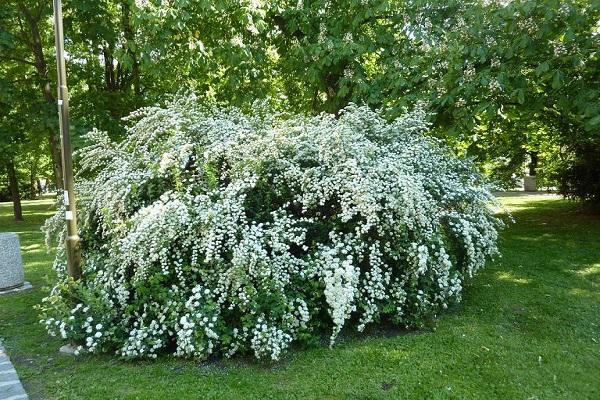
Growing a bush
For all its endurance and unpretentiousness, spirea prefers planting in places well-lit by the sun. And, of course, it shows the best results when grown on loose, drained soils.
What should be the soil
Prefers fertile, loose, well-drained soil with neutral acidity. But spirea can successfully develop on different types of soil. With high soil density, a larger volume of the planting pit must be excavated. At the bottom, it is advisable to pour a layer of drainage from crushed stone, expanded clay, small pieces of brick.
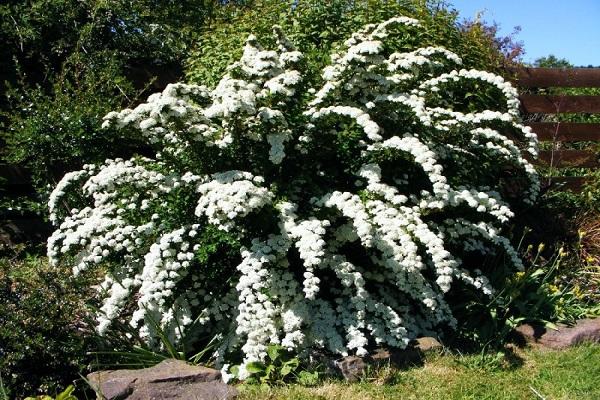
Planting process and scheme
When planting spirea seedlings with an open root system (ACS), especially large-sized specimens, it is important to observe the planting time. Autumn is the best time for this.Can be planted from early to late September, in some cases until mid-October, depending on the region of the country. The main conditions for a successful transplant are the absence of heat, cloudy weather and high soil moisture.
If there is little rainfall in the fall, it is necessary to provide frequent watering after planting. They are also planted in early spring, before the start of sap flow in the shoots. But seedlings with a closed root system (ZKS) are planted throughout the season. If the soil at the planting site is suitable - loose, well-drained, then the size of the planting pit will be 25-30% larger than the root of the transplanted plant. And the depth of the fossa is 40-50 centimeters.
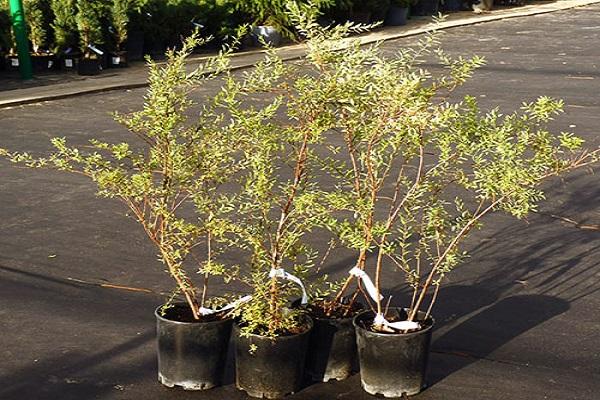
But if the soil is clayey, heavy, and also if stagnation of water is possible, then the size of the pit for planting will be 2-3 times larger than the root spirea. After digging, the planting pits are covered with a specially prepared substrate. Here is a description of the universal soil mixture:
- 1 part of clean river sand, preferably coarse;
- 1 part neutral peat;
- 2 parts of sod or leafy land;
- 1 part of well-rotted manure.
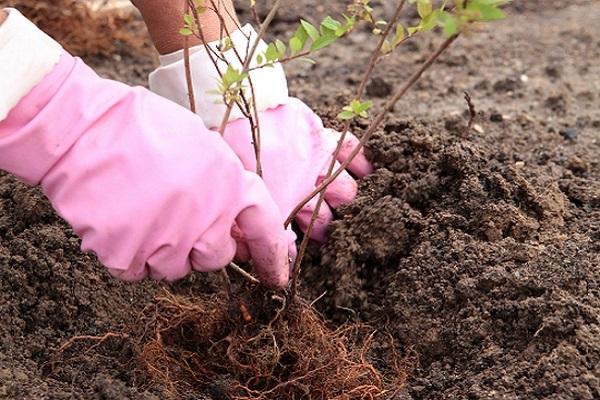
The distance between the Vangutta spirea bushes depends on the beginning of flowering and the purpose of planting. Spireas, blooming in summer, are planted in group plantings at a distance of 0.5-0.7 meters from each other. When creating a hedge, plants are planted at a distance of 40-50 centimeters. When placed in 2 rows, the row spacing is 30-40 centimeters.
Spring-flowering varieties are placed more freely. To create a hedge, the distance between the spireas is 0.7-1.0 meters. And when creating group landings - 1.0-1.5 meters. The day before planting, the root spirea is soaked in a solution of a growth stimulator and a fungicide. When planting itself, a substrate is poured into the bottom of the pit, a seedling is placed on it, and the roots are carefully straightened. Then the pit is filled up with the remaining substrate, the soil is lightly compacted and spilled abundantly with water.
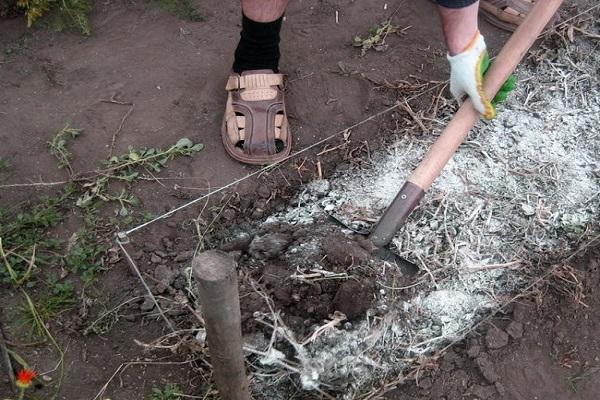
Care advice
Spirea is not an overly whimsical plant, but for active growth, spectacular and abundant flowering, it is necessary to provide the necessary care. It consists of watering, feeding and timely pruning, as well as preventive protection against diseases and pests.
Watering and soil care
Regular weeding, as well as surface loosening of the soil, will facilitate the access of oxygen to the roots, as well as improve the water absorption of the soil during watering and the absorption of fertilizers during feeding. When mulching the root zone of the spirea, there is no need for loosening and weeding. But it is important to monitor the thickness of the mulch; its layer should be at least 10 centimeters.
The plant does not tolerate stagnant water in the root area, therefore, the gardener determines the frequency of watering himself, depending on the composition of the soil. But, in general, the bushes are plentifully spilled with water 3-4 times a month, and even more often during periods of extreme heat. Care also consists in abundant spraying of the crown, which has a beneficial effect on the growth of spirea.
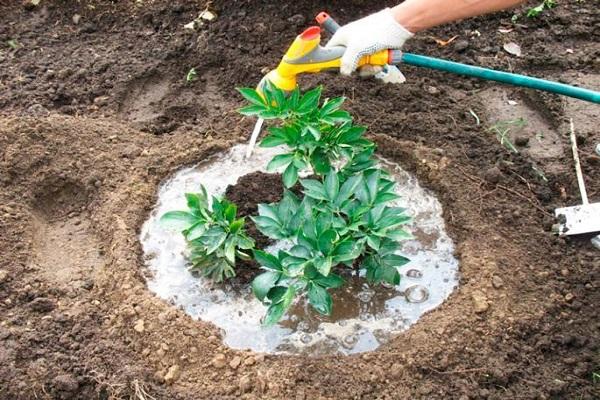
Fertilizing and fertilizing plants
With a planting pit of the right size, filled with a really nutritious substrate, the first year you can not fertilize the spirea at all. In subsequent years, one treatment per season will be enough - a complex phosphorus-potassium fertilizer. And, of course, mulching the trunk circle with organic matter, in particular, rotted manure.
Pruning Spirea
For abundant, beautiful flowering, plants form a crown, and also carry out sanitary cleaning. All sick, dried, old twigs, leaves and inflorescences are periodically removed. But for successful wintering, all pruning procedures are carried out before the onset of cold weather.
The number of trimmings for decorative crown formation is 2-4 per season, depending on the growth energy. Spirea tolerates pruning well. When pruning, the gardener must remember that spirea blooms on the shoots of the second year.And it is important not to overdo it, if necessary, you need to leave 1-2 strong buds on the shoot.
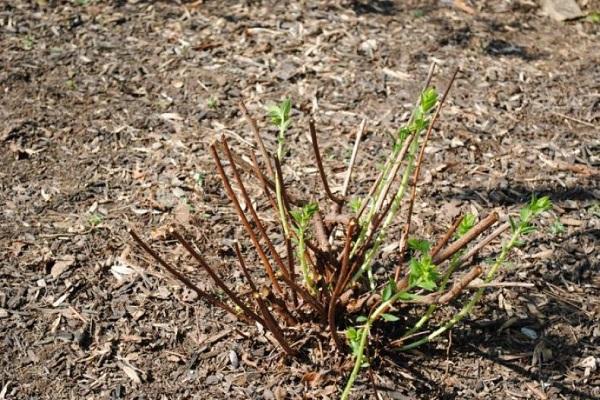
Diseases and pests
First of all, it is necessary to maintain the overall health of the plants. But if agricultural technology is not followed, the spirea becomes more susceptible to diseases and pests. Damage by aphids, sawflies, gall midges is possible. For prevention and direct control of them, spraying with a solution of insecticides - Aktara, Aktellik, Engio is used.
High humidity and acidity of the soil can provoke an outbreak of fungal diseases. To combat them, fungicides of systemic action are used - Infinito, Falcon or contact copper-containing drugs, such as Medyan Extra.

Reproduction of Spirea
The shrub is propagated by cuttings, sowing seeds and rooting of root shoots. Spiraea seeds sprout poorly, it is advisable to use only fresh seed. In the conditions of a summer cottage and a garden plot, it is preferable for reproduction to dig and root growth in pots.
Therefore, for mass production of seedlings, propagation by semi-lignified cuttings is used. For rooting cuttings, the following conditions are met:
- the length of the cuttings is on average 15-20 centimeters;
- removal of leaves 3/4 of the length of the cutting;
- soaking for a day in a growth stimulant solution or dusting the cut before planting;
- the use of a rooting substrate consisting of non-acidic peat and agroperlite;
- rooting cuttings in a mini greenhouse or greenhouse;
- regular spraying of cuttings or creating a "fog".
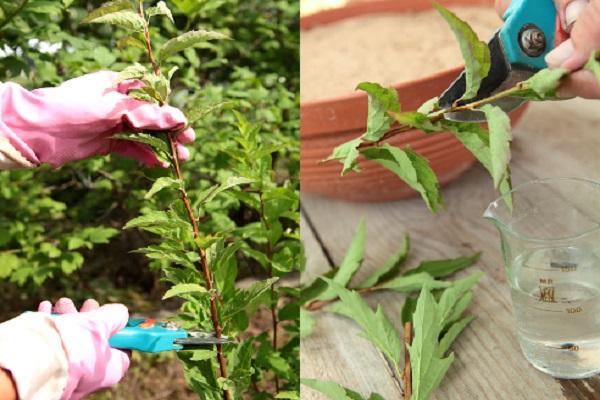
Landscape design
White is always in demand in gardening. Beautiful, profusely blooming spireas are used by designers when creating compositions, in mixes with conifers, barberries and other spectacular ornamental plants. Spireas are planted as single plants, plus they are indispensable for creating hedges and urban landscaping.
